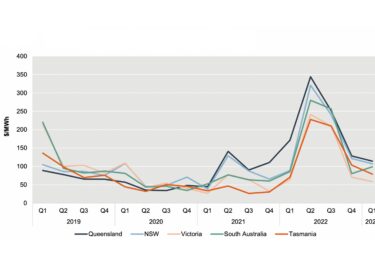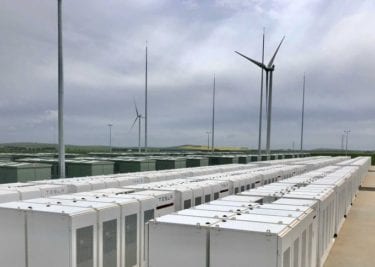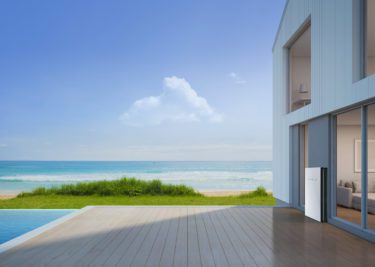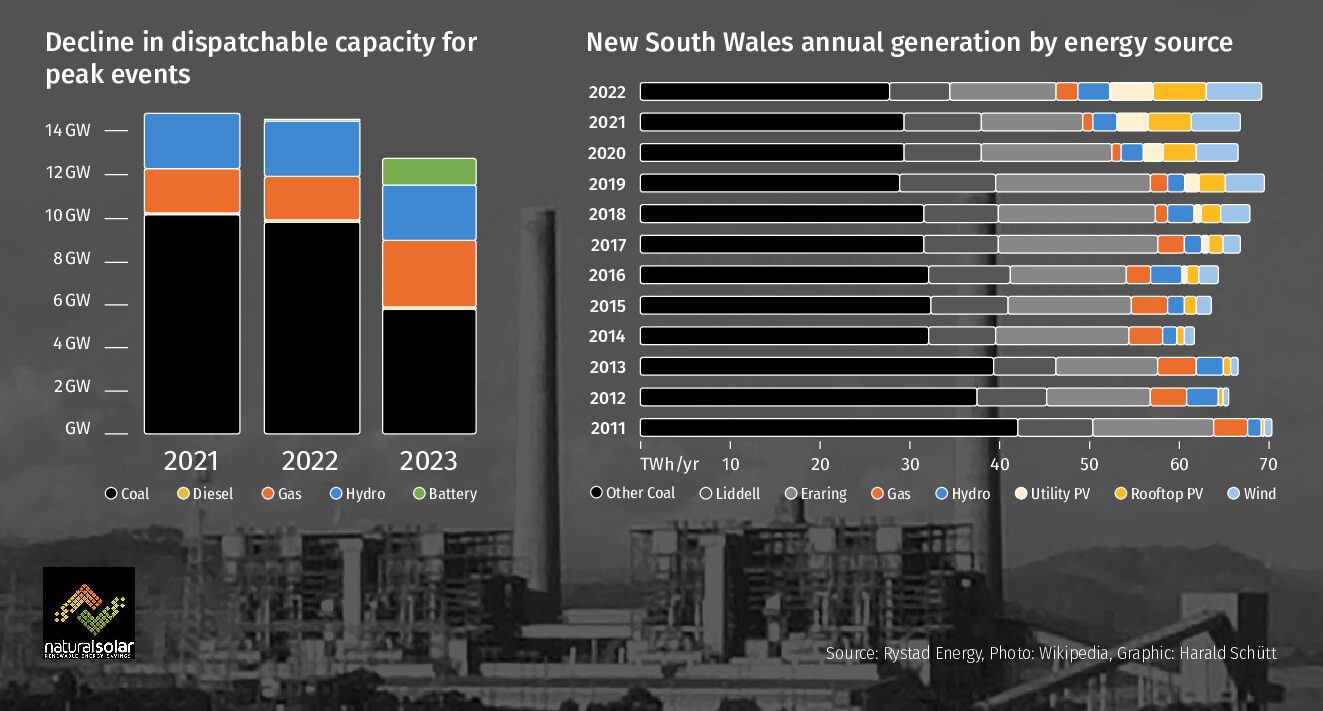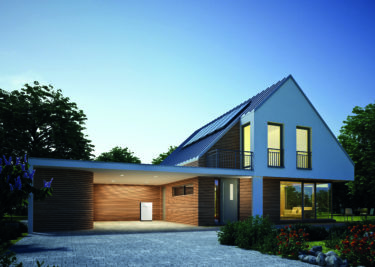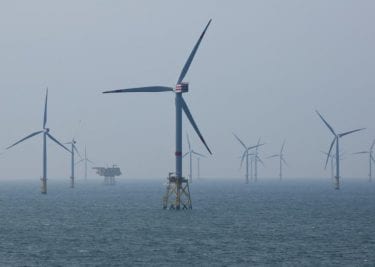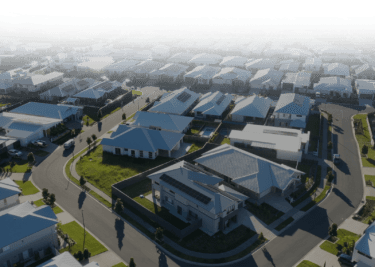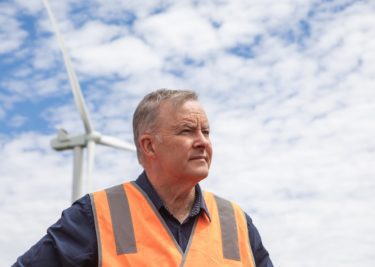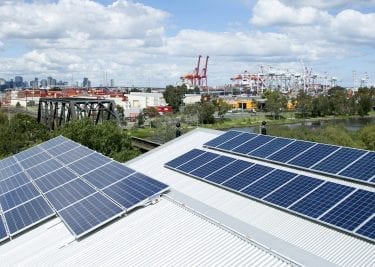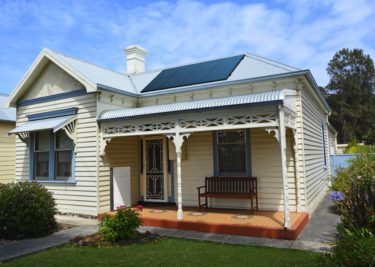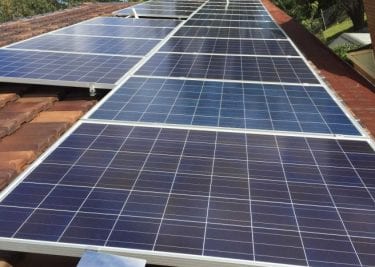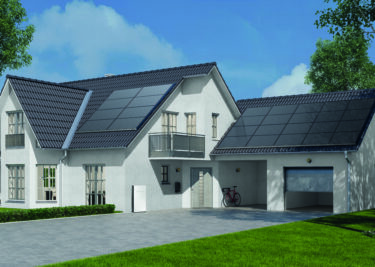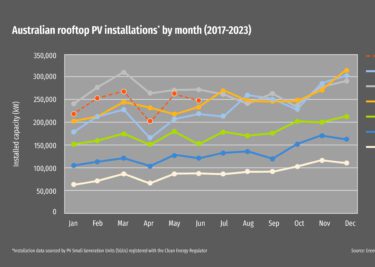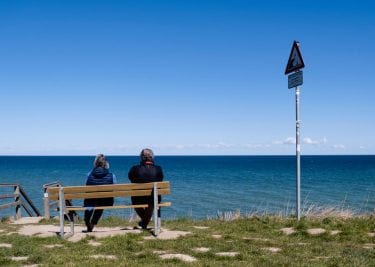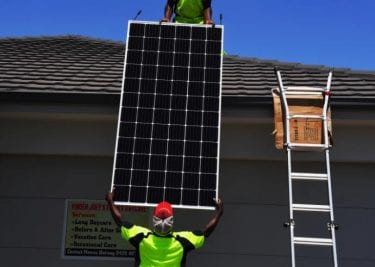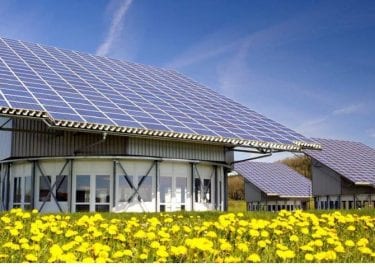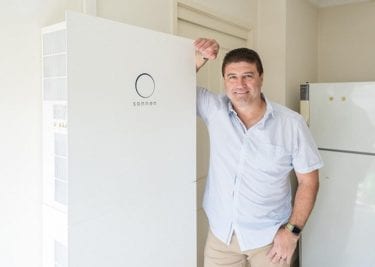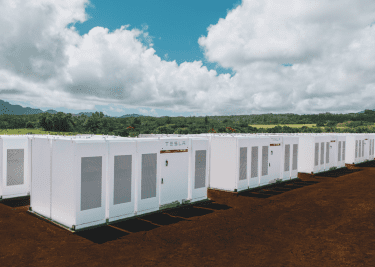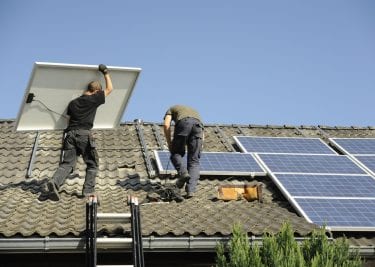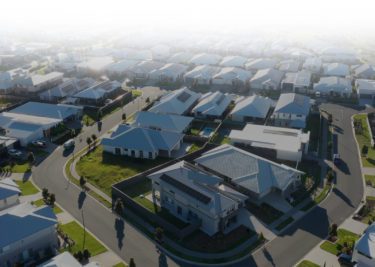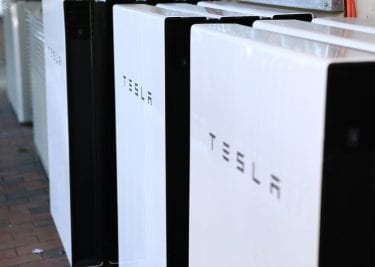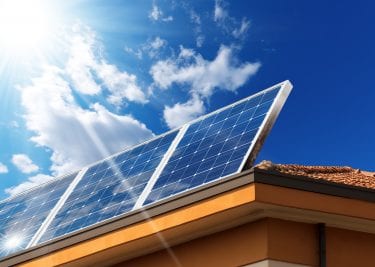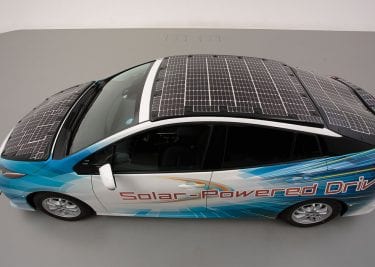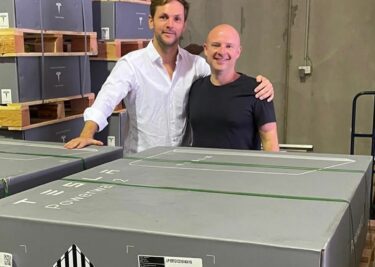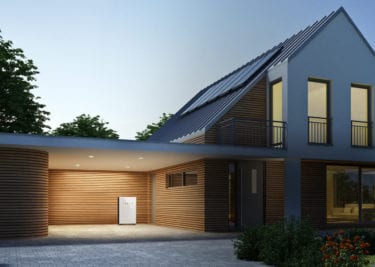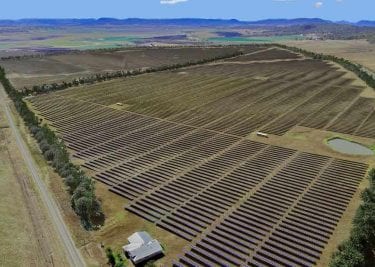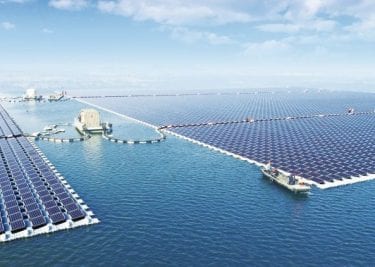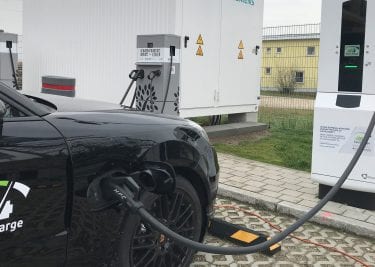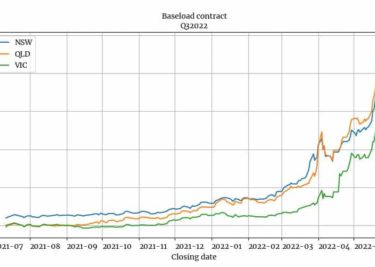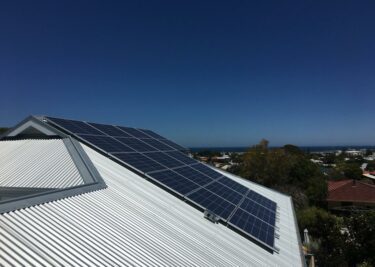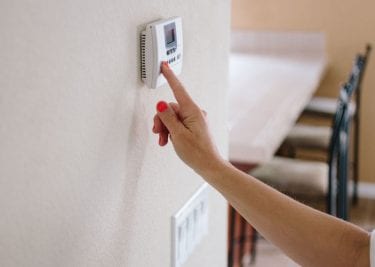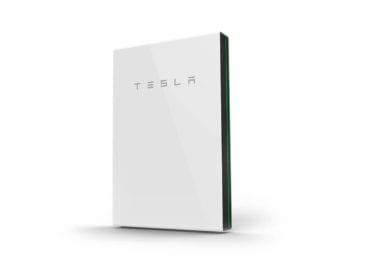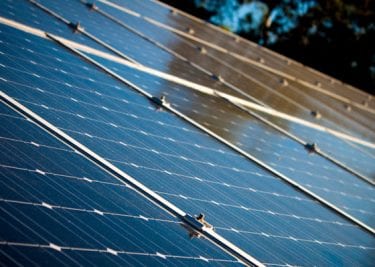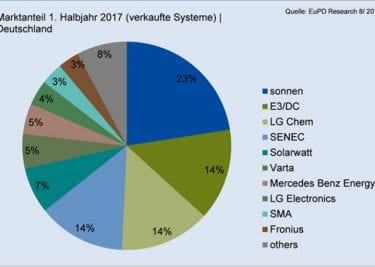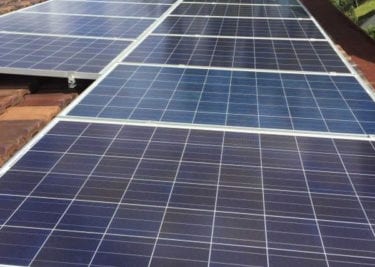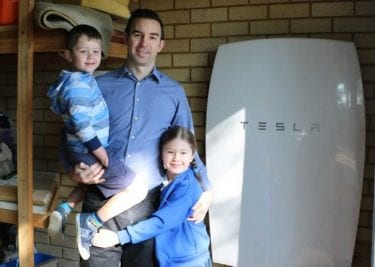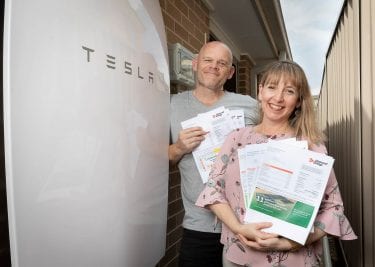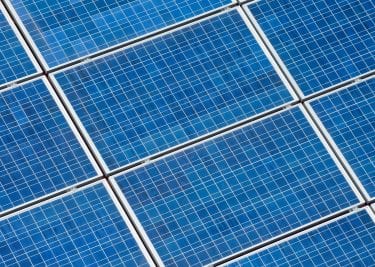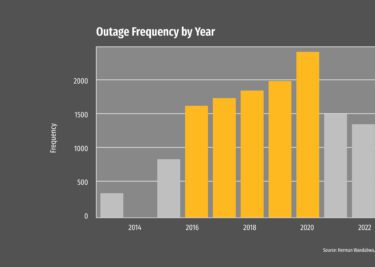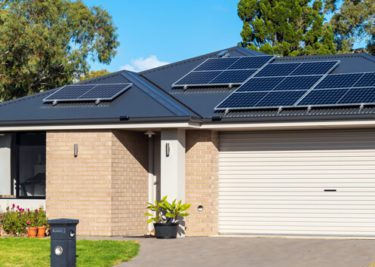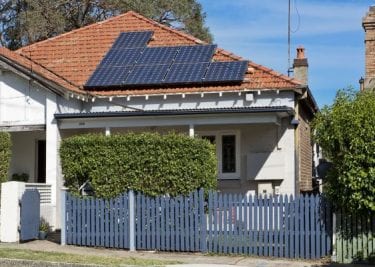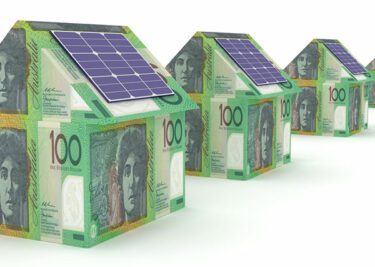Perhaps the only thing in Australia booming more than rooftop solar PV is the homes they’re installed on. Driven by low-interest rates, the Australian housing boom shows no signs of stopping and new-build homes are increasingly incorporating solar and storage systems as part of the package.
Sustainability comes standard
According to data from the Housing Industry of Australia, new home sales are skyrocketing. Indeed, new home sales between December 2020 and February 2021 were 48.7% higher than the previous quarter and 99.5% higher than the same time a year earlier. And yet, according to a new report by PowerHousing, an organisation which aids Community Housing Providers (CHPs), 8 million Australian homes do not meet energy efficiency standards.
All new Australian homes are required to meet certain minimum energy efficiency standards, validated through an energy efficiency rating certificate in the building approval process. The minimum requirement is six out of ten stars, although Australian Energy Ministers agreed on a Trajectory for Low Energy Buildings in 2019 that sets out a plan toward zero energy (and carbon) ready buildings that includes raising the minimum energy efficiency to seven stars. When implemented, this will mean that any new build must be ‘ready’ to accommodate onsite renewables, such as solar.
According to the Climate Council, a 7-star home uses 18-28% less energy to heat and cool than a 6-star home, saving you $900 a year. Moreover, all-electric new homes powered by solar save owners between $9,000-$18,000 over a ten year period compared to homes with dual fuel (electric and gas) and without solar. These savings, either economically or environmentally, are by no means trivial. Buildings and their construction are a significant emitter and while retrofitting inefficient edifices is proving one of the great challenges of the energy transition, building solar and storage incorporated sustainable homes is easy.
This is just one of the reasons why Australia’s scientific body, the CSIRO, has found a correlation between where new houses are being built and where PV systems are being installed. This correlation is particularly strong in Victoria, Western Australia, Tasmania and Queensland.
The CSIRO says this correlation is at least partially driven by the building industry itself, with many builders offering packages including a solar PV system or a solar plus battery storage system as standard. Not only does this make the process fairly simple for new home buyers but, combined with rebates at the State and Federal level, it’s also fairly attractive too.
Indeed, major Australian home builders like Metricon and Mulpha, the latter of which signed a $1.5 million deal with Natural Solar for the installation of fully integrated home battery storage solutions in 74 homes as part of the company’s Norwest development in Western Sydney, are developers leading the trend of building new homes with solar and home battery installed as standard.
Australia is not alone
According to The New York Times, the demand for residential properties that produce as much energy as they consume is growing in strong accordance with climate concern and the affordability of solar panels. Like Australia, the sustainable real estate movement in the United States is now at a pace at which developers are finding it easier to raise money for carbon-conscious housing. In California this can be put down to the state’s mandate of solar on newly-built homes.
In a Bloomberg New Energy Finance (BloombergNEF) and Schneider Electric study on the impact of the California mandate, Realizing the Potential of Customer-sited Solar, it was found that solar on new-build homes has a significantly shorter payback period. The study, which also examined Spain and Australia, found that the five-year payback period for solar retrofitted onto existing buildings was halved for systems installed during the construction phase. This was put down to savings in marketing, sales, labour and construction costs. In California, the study found that solar systems on new-builds can meet an internal rate of return of 40% per year on the investment cost.
Solar for strata
Of course, along with renters, people who live in apartments and want to help the environment and save money on their energy bills by utilising solar and storage find it particularly difficult. But that might be beginning to change.
Like many cities around Australia, Adelaide has been seeing strong growth in rates of apartment living, but just because you live in a strata-titled building doesn’t mean you can’t have solar. This is why the City of Adelaide’s Sustainability Incentives Scheme is providing a rebate of up to $20,000 for community solar and storage systems atop these apartment buildings.
Like the Californian mandate, such an incentive scheme is key to convincing developers that incorporating solar and storage in new-builds is the only way to build from here on out.


